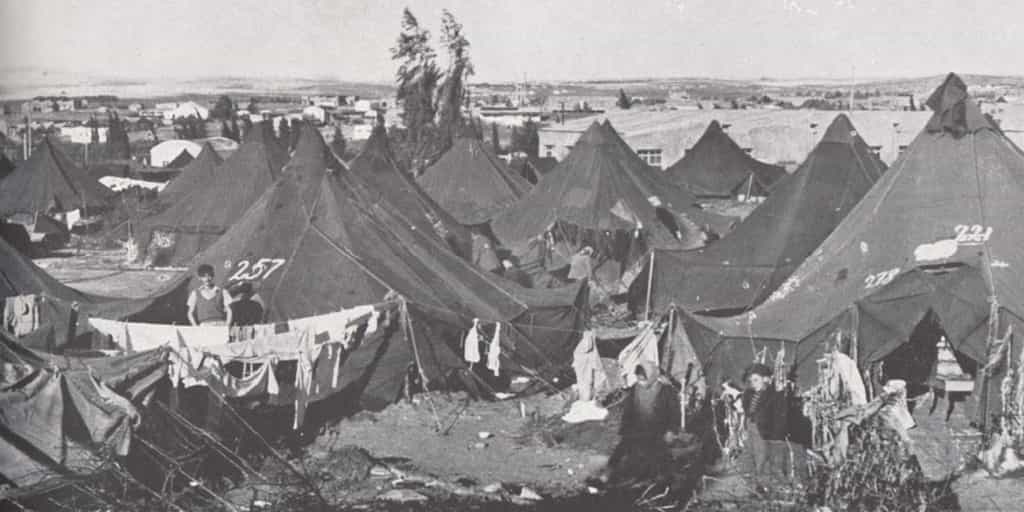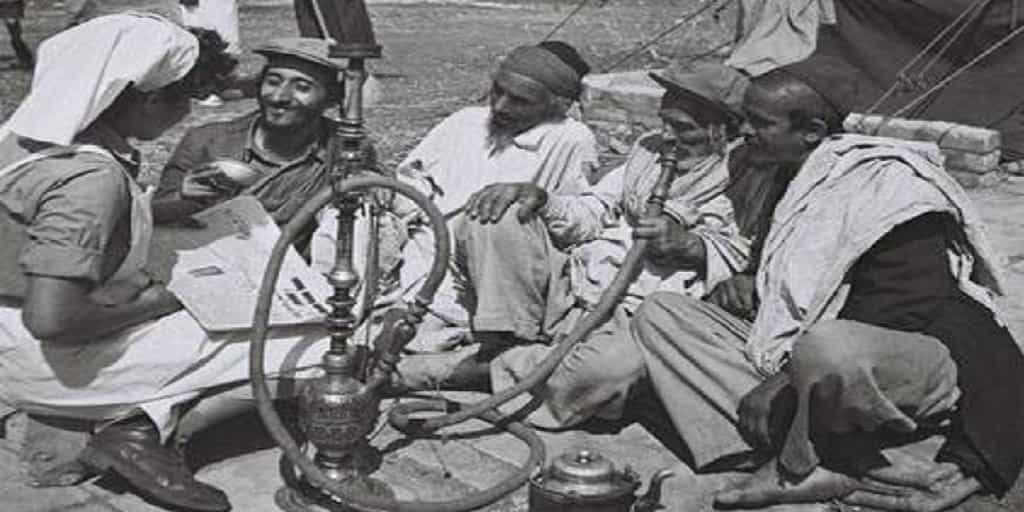Before Israel was established in 1948, there were five major waves of immigration to the land. The First Aliyah began in 1882, and the Fifth Aliyah end in 1939. Over the course of fifty-seven years, great state- building took place. Many of the people who moved to Israel were European. However, there were other waves of Jewish immigration, including the Yemenite Aliyah.
But what about the thousands of Jews living in the Middle East?
The Jews living in and descendent from Eastern Europe are called Ashkenazi Jews, while Middle Eastern Jews are Mizrachi Jews. While Ashkenazi Jews were developing Jewish theory, different Jewish movements, and more, Mizrachi were developing their own Jewish practices and traditions.

Middle Eastern Jews lived in relative quiet for thousands of years in countries, from Egypt to Iran to Yemen. There were some laws that put Jews in a lower social status than their Muslim neighborhoods. Despite instances of violence, overall the Jews of the Middle East enjoyed relative freedoms and quiet under the status of the “People of the Book.”
Although they lived good lives in their home countries, they still had Zionist threads in their society. They prayed for the return to Zion during services. Jews dreamed to return to the Land of Israel. Some Yemenite Jews even moved to Israel in 1882.
In 1948, David Ben Gurion and his fellow Jewish leaders established the State of Israel. Now the Jewish communities throughout the Middle East can finally move to the Jewish homeland. And indeed, they did. Thousands of Jews from Egypt, Iraq, Iran, Syria, Lebanon, Yemen, and other countries came to the new country.
How did the Yemenite Aliyah begin and operate?
What makes the Yemenite Aliyah so unique? The Yemenite Jewish community was a traditional one. The Jews of Yemen even safeguarded a specific kind, and even correct, Hebrew. Its members dreamed of returning to the land of Israel. However, it the community was isolated from other Jewish communities. They had great troubles getting to Israel.
Beginning in June 1949, the Mossad began an operation to bring 49,000 Yemenite, Saudi, and Eritrean Jews to Israel. Agents bought British and American transport planes in secret for the Operation. Pilots made 380 flights from the port city of Aden, Yemen. Operation Magic Carpet, or officially Operation On Wings of Eagles, ended in 1950.
For such a young country, 49,000 new immigrants was a HUGE number of people to absorb. Therefore, new Yemenite Israelis lived in tent transit camps until enough housing was built for all of the new immigrants coming into the country. It was a hard chapter for Yemenite Israelis to go through as these living conditions were barely livable.

The Legacy of the Yemenite Aliyah
One of the most prominent legacy of the Yemenite Aliyah is the number of Yemenite Israelis in the music industry. Some of the best Israeli singers are Yemenite from Zohar Argov, Eurovision winner Dana International, Ofra Haza, Mosh Ben-Ari, Margalit Tzan’ani, and Eyal Golan. Yemenite music has greatly effected Israeli music.
Israeli culinary is also effected by Yemenite Jewish culinary. Many Israelis, even in Kibbutzim, eat jachnun, rolled up dough baked in butter overnight, on Saturdays.
But the most significant legacy of the Yemenite Aliyah is that before this point most of the Israeli Jews were Ashkenazi, or Eastern European, Jews. Jews ate European Jewish food, worked the land with European technology. When Yemenite Jews came to Israel, they added a different color to the Israeli mosaic. Jews around the world practice the religion in different ways. It is part of the beauty of Judaism.
Here’s the bottom line: Judaism is like a tapestry. Each kind of Judaism is a different colored thread. In Israel, this tapestry wasn’t complete until the Yemenite Jews, and other kinds of Jews, made Aliyah.
Sites of the Yemenite Israeli Community
There are many sites, I can take you to as a private tour guide.
Yemenite Israeli sites:
- Shuk HaTivka Yemenite Restaurant in Tel Aviv
- Kerem HaTeimanim neighborhood of Tel Aviv
- The early neighborhoods of Rosh HaAyin
- The Yemenite section of Deganya Aleph cemetery
In Conclusion
The Yemenite Israeli community is an essential and lively community in Israel. Their Aliyah was a continuation of the first five before Israel was born. It further completes the human tapestry we see today. The most important thing we can learn from this wave of immigration is that difference is beauty. The way we complete Judaism can complete us. Diversity completes us. And at the end of the day, we are all Jews and we are all Israeli. Together we have created a beautiful picture.





